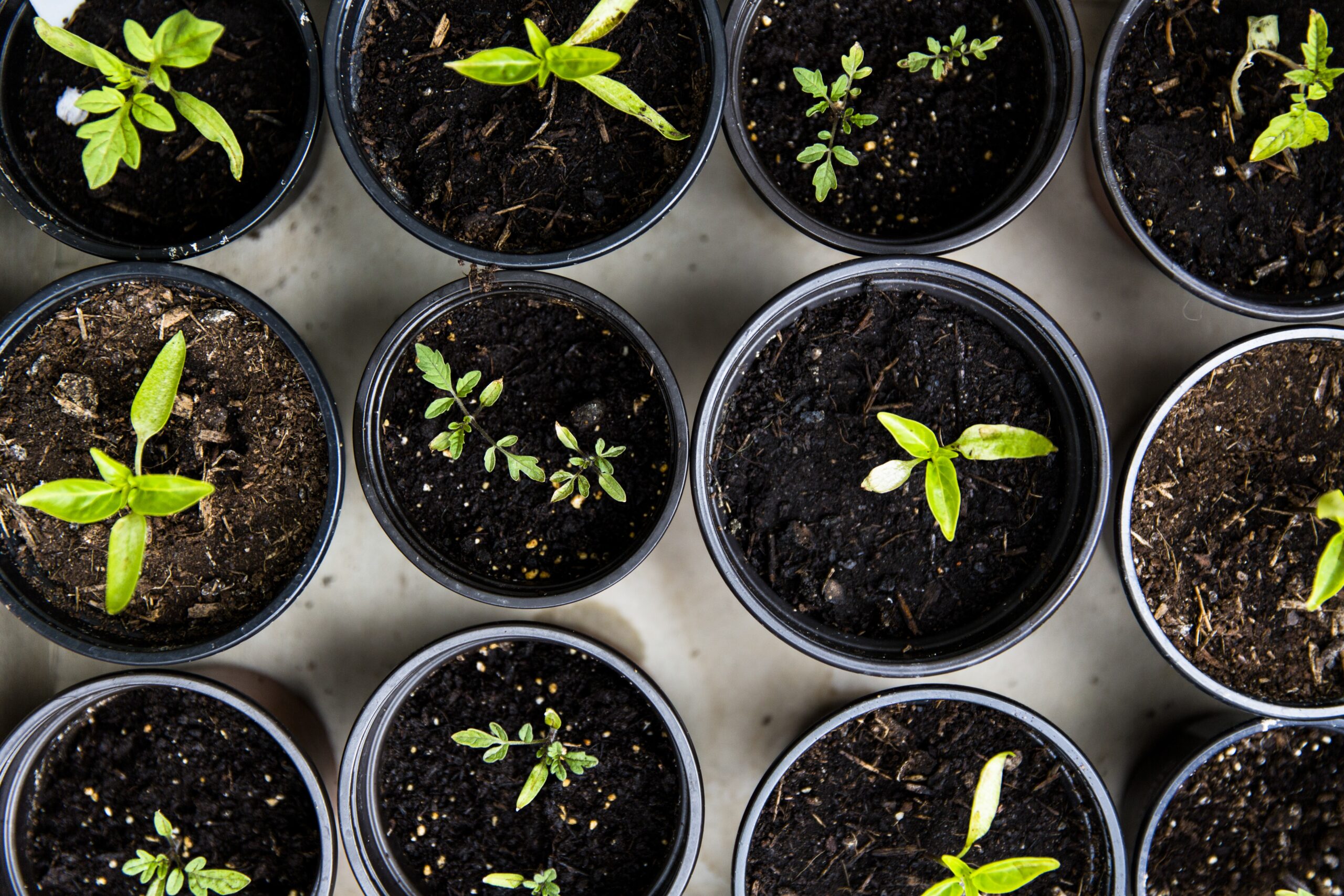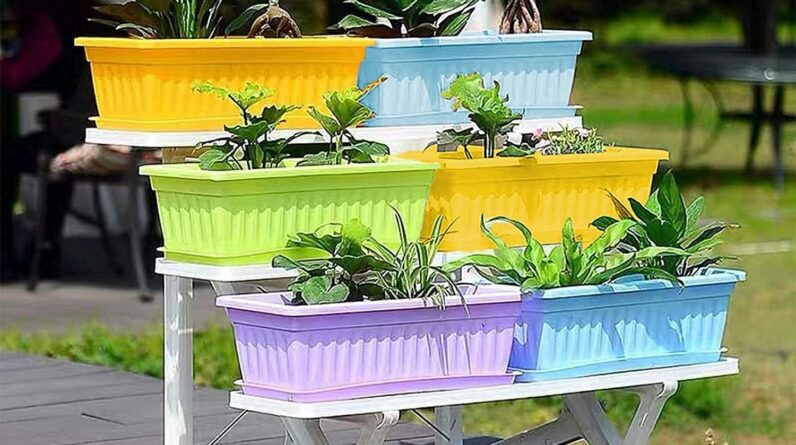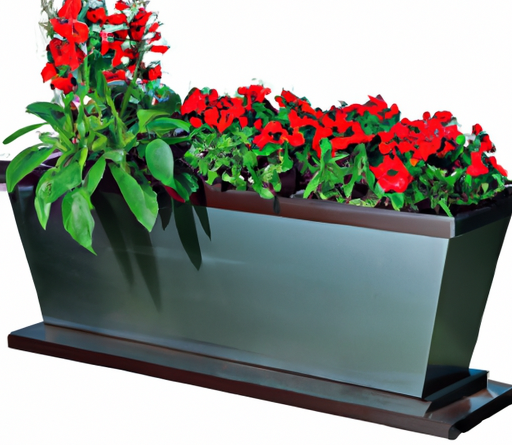
In this article, we’ll be discussing the differences between container soil and raised bed soil. We’ll explore the unique characteristics of each type and how they can affect the growth of plants. By the end, you’ll have a better understanding of which type of soil is most suitable for your gardening needs.
Understanding the Differences Between Container Soil and Raised Bed Soil
As gardening enthusiasts, we know that the foundation of a thriving garden lies in the quality of the soil. But when it comes to container gardening or raised bed gardening, does the type of soil really matter? Is container soil the same as raised bed soil? Let’s dive into the world of gardening and explore the key differences between container soil and raised bed soil.

What is container soil?
Container soil, also known as potting soil, is specifically formulated to provide the necessary nutrients, drainage, and aeration for plants grown in containers. It is typically a blend of organic matter, such as compost, peat moss, or coconut coir, along with inorganic materials like perlite or vermiculite. This combination ensures a balance of water retention and drainage, allowing plants to flourish in a confined space.
What is raised bed soil?
Raised bed soil, on the other hand, is designed for gardening in raised beds or garden boxes. This type of soil is created by layering organic matter directly onto the existing soil or by filling the beds with a blend of various materials. The composition of raised bed soil can vary, but it often includes a mixture of topsoil, compost, and other organic additives to enhance soil fertility and structure.

Composition and Texture
One of the main differences between container soil and raised bed soil is their composition and texture. Container soil tends to have a lighter and fluffier texture, which allows for enhanced root development and prevents compaction. This texture is achieved by incorporating materials like peat moss or coconut coir, which provide good drainage and aeration.
Raised bed soil, on the other hand, typically has a more balanced composition, aiming to replicate the natural soil found in a traditional garden bed. It may contain a higher percentage of topsoil, which provides the essential nutrients and minerals required for plant growth. This mixture creates a denser texture, offering stability and support to the plants grown in raised beds.
Water Retention
Water retention is another crucial factor to consider when comparing container soil and raised bed soil. Container soil needs to strike a delicate balance between retaining enough moisture for the plants to thrive, while also allowing excess water to drain out. The organic materials in potting soil help to retain moisture, preventing the soil from drying out too quickly in the small, enclosed space of a container.
In contrast, raised bed soil requires a slightly different approach. While it also needs to retain moisture, the risk of waterlogging is higher due to the increased depth of the soil. Therefore, raised bed soil is designed to have a higher drainage capacity, ensuring that excess water is efficiently drained away. This prevents the roots from becoming waterlogged and helps maintain optimal growing conditions for plants.
Drainage
As mentioned earlier, drainage is a crucial aspect of both container soil and raised bed soil. However, the specific requirements differ due to the distinct characteristics of each gardening method. Container soil needs to drain well to prevent waterlogging and root rot, which can occur when excessive moisture is trapped in the small container.
Raised bed soil also requires good drainage but on a larger scale. The increased depth of the soil in raised beds allows for better water movement, ensuring that excess moisture is not trapped within the root zone. This promotes healthier root development and reduces the risk of fungal diseases caused by overly saturated soil.
Nutrient Availability
When it comes to nutrient availability, container soil and raised bed soil also differ in their approaches. Container soil is formulated with a focus on providing a balanced blend of nutrients, as container-grown plants rely solely on the soil for their nutrient needs. The organic matter and inorganic additives in container soil help to provide the necessary nutrients, ensuring healthy plant growth.
Raised bed soil, on the other hand, often relies on the addition of compost or organic fertilizers to supplement the existing soil. Since raised beds are typically filled with a combination of topsoil and organic matter, it may not provide all the essential nutrients required by plants. Regular additions of compost or other organic fertilizers are necessary to maintain soil fertility and support plant growth.
Aeration
In gardening, proper aeration of the soil is essential for healthy root development and overall plant health. Container soil is specifically designed to provide optimal aeration for plant roots, regardless of the limited space available. The inclusion of materials like perlite or vermiculite helps to create air pockets within the soil, promoting the exchange of gases and preventing compaction.
Raised bed soil also allows for adequate aeration, although the focus is more on providing a stable growing environment. The incorporation of organic matter in raised bed soil helps to maintain a loose structure, ensuring that air can circulate through the soil. This promotes healthy root growth and enables the plants to efficiently absorb nutrients and moisture from the soil.
Management and Maintenance
When it comes to management and maintenance, container gardening often requires more frequent attention compared to raised bed gardening. Container soil tends to dry out more quickly, especially during hot weather, and therefore needs regular watering. Additionally, the confined space of containers can lead to nutrient depletion over time, necessitating the occasional addition of liquid fertilizers or slow-release fertilizers.
Raised bed gardening, on the other hand, requires less maintenance once the initial soil preparation is complete. The organic matter and compost added to raised bed soil help to maintain soil fertility, reducing the need for frequent fertilization. However, it is still necessary to monitor soil moisture levels and provide adequate irrigation during dry periods.
Cost
Cost is a factor that many gardeners consider when choosing between container gardening and raised bed gardening. Container soil can be more expensive than raised bed soil, mainly due to the addition of specialized organic and inorganic materials. The cost of potting soil can vary based on the brand, quality, and quantity needed, making it a potentially significant expense for gardeners with a large number of containers.
Raised bed soil, on the other hand, can often be prepared using a combination of topsoil, compost, and other organic materials readily available at local garden centers or through backyard composting. While some gardeners may choose to purchase pre-mixed raised bed soil, it is generally more cost-effective to create a custom soil blend for raised beds.
Conclusion
In conclusion, container soil and raised bed soil may have some similarities but also significant differences in their composition, texture, water retention, drainage, nutrient availability, aeration, management, and cost. Understanding these differences is essential in selecting the most suitable soil for your gardening needs.
Container soil is specifically formulated to provide excellent drainage, aeration, and nutrient availability for plants grown in containers. It is lightweight and designed to retain moisture while preventing waterlogging. On the other hand, raised bed soil replicates the characteristics of traditional garden soil and requires a balance of soil structure, drainage, and nutrient supplementation.
Considering the unique requirements of each gardening method, it is crucial to choose the right soil to support healthy plant growth. Regardless of whether you opt for container gardening or raised bed gardening, selecting the appropriate soil will ensure that your plants thrive and reward you with a bountiful harvest.







